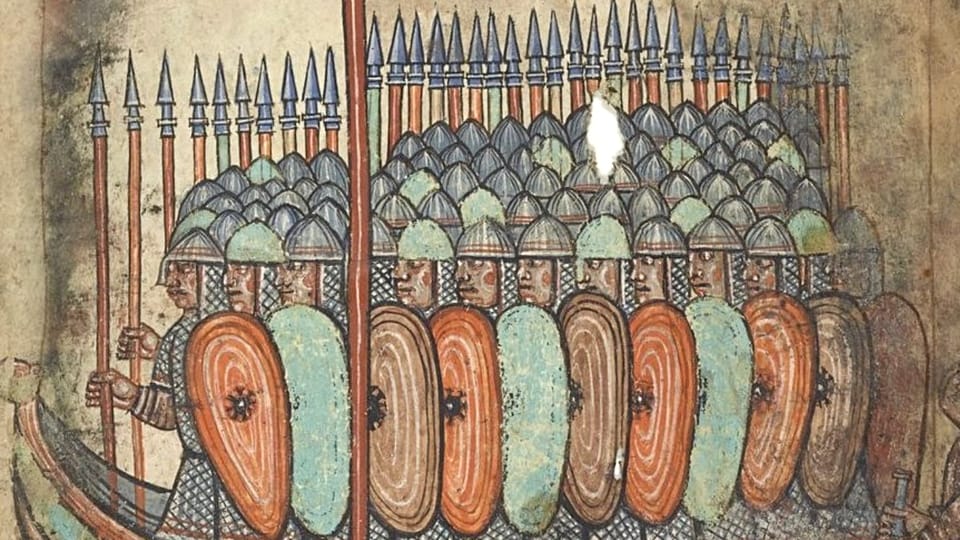The True Origins and Impact of the Vikings

Vikings weren’t this unified “race.” Nope, they were a mix of Danish, Norwegian, and Swedish warriors, with a few Finnish, Estonian, and Saami Vikings thrown in the mix. They weren’t defined by a common ancestry or patriotism. They were outsiders wherever they went, not sharing local ideas of “civilization” or religion.
At home, they were chill farmers. But once they hit the sea, they became raiders and pillagers, earning the name víkingr, which means “pirate” in old-school Scandinavian.
Why’d they leave home? Some say overpopulation, but the OG Vikings were after riches, not land. Eighth century Europe was getting fat with cash, and Scandinavian furs were worth their weight in gold. Plus, trading with Europeans taught them sailing tricks and filled them in on European conflicts.
These pirate ancestors of the Vikings preyed on ships in the Baltic Sea. Once they had the lay of the land, they expanded their money-making game into the North Sea and beyond.
England? Oh, they hit that place hard. It started with a few desultory raids in the late 8th century, but things got serious in 865. Led by the sons of Ragnar Lodbrok , they conquered East Anglia and Northumbria and gave Mercia a serious beating. They even made a truce with Alfred the Great in 878, recognizing that much of England was now in Danish hands.
But Alfred wasn’t having it. He fought back and won. His son Edward the Elder took it from there, reconquering Danish England bit by bit. By the time Edward died in 924, Danish rule in England was history.
Sure, Vikings tried raiding England again in 980, and eventually, England became part of the empire of Cnut. But peace was restored in 1042, and the Viking threat? It was over. Cnut II tried to make some moves, but William I shut that down real quick.
The Viking conquests left deep marks in England, changing everything from social structure to place names. That’s the legacy they left behind.
